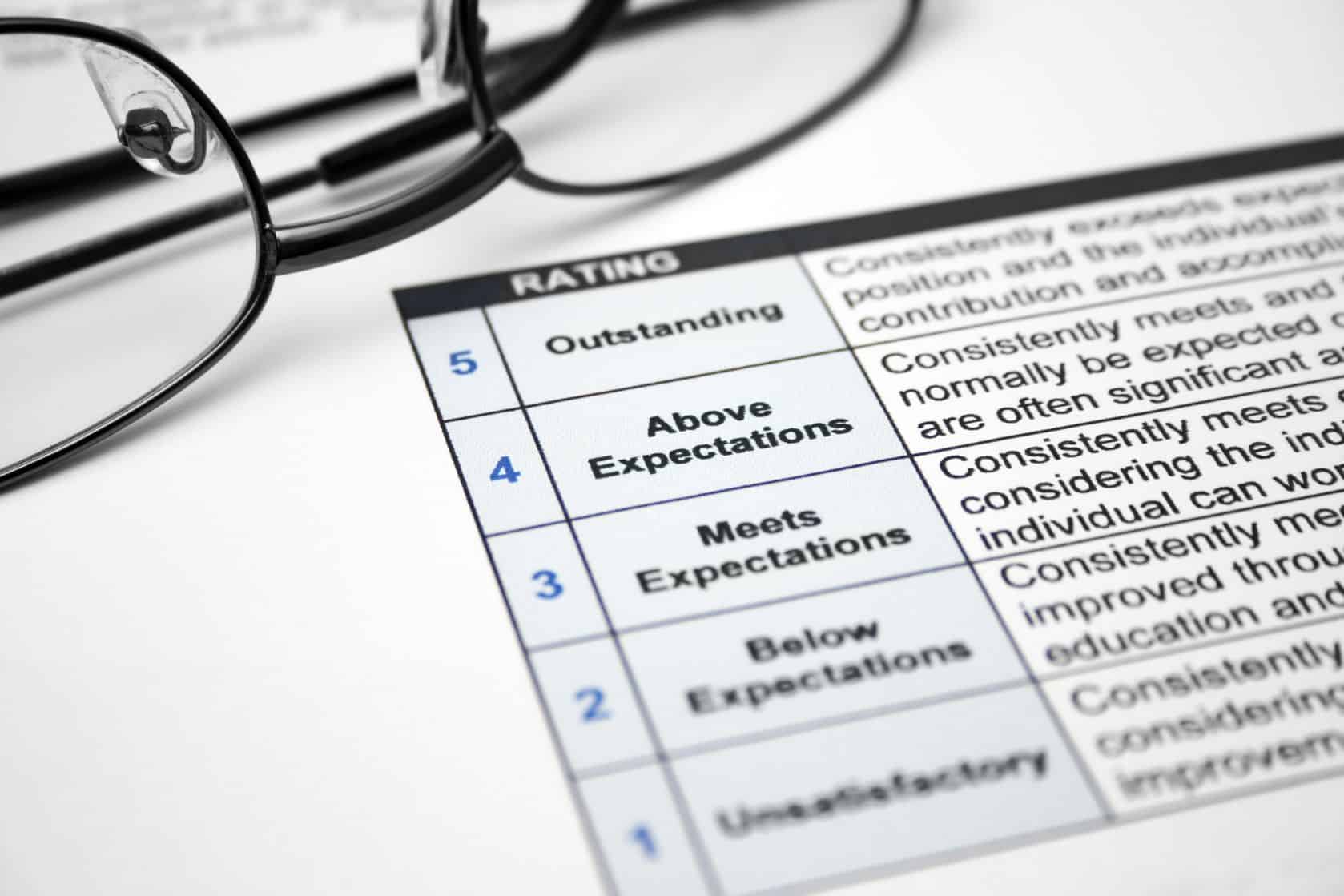How to Quantify Quality with Fulfillment Metrics
How do you measure success, or quantify quality? It's a challenge faced by every business, especially when it comes to order fulfillment KPIs.
Setting key performance indicators for fulfillment and expressing your service levels in numerical terms provides a tangible way to compare month-to-month activity and regularly review performance. With the huge amounts of data now available, however, it's as critical to identify the right type of performance indicators as it is to measure your operation in the first place.

Find the Right Fulfillment KPIs
The value of KPIs is evident, but knowing where to begin can be difficult. There are potentially hundreds of valuable numbers to track and limited resources to track them. This is where the paralysis of analysis can often creep in, getting you lost in a forest of data rather than providing a clear path to improve order fulfillment.
Finding the right balance between depth of data and understandable performance indicators is crucial, however, if you're going to make sense of what's going on in your operation. This begins with identifying the strategic objectives of the business
Even if you have several objectives, try to pick the top two or three to quantify. From here you can work backward to create the right measurements for each.
Whether the goal is to improve efficiency, reduce delivery time, or increase levels of customer satisfaction, there is an appropriate metric to measure progress and performance. The next question is what specific fulfillment metrics you should put in place to enable further discussion, which is what we'll look at next.

Metrics to Measure Your Fulfillment
These are some of the numbers you can calculate to better understand the performance of your order fulfillment:
- Percentage of shipments on time: A delivery performance metric that compares orders dispatched on or before the requested ship date with the total number or orders shipped.
- Average delivery lead time: The time it typically takes to get an order to a customer. A core metric, this is sometimes split out over different product lines or categories, especially when dimensions and custom order requirements will elongate delivery time.
- Fulfillment cost per order: The amount spent to complete an order. For such a simple measure this can come in many forms, depending on the operational expenses included in the calculation. Indirect labor, communication, supplies, and shipping costs can all be factored in or left out, for example.
- Order error rates: The number of orders processed incorrectly compared to total orders. Error rates can be assessed at various stages of fulfillment, including order picking, packing, or on orders shipped.
- Inventory precision: A metric based on regular counts of inventory, this KPI will help to track the accuracy of your order management system.
- Inventory turnover: This number relays how often a company is able to sell all the inventory it carries. Calculated by taking the cost of goods sold and dividing by average inventory level, this metric is a key indicator as to the demand for products and efficiency of procurement.
- Supply chain agility: A metric - or set of metrics -designed to quantify an organization's ability to adapt to change in the marketplace. This number often factors in adaptability to upside and downside demand changes, how long it takes a business to respond to these changes, and values based on risk.
- Return rate: A clear indicator of customer satisfaction, based on the number of orders they send back compared to the total number of orders shipped. A generous returns policy can also affect this metric, making it an important one for assessing the impact of changes in return requirements.
- Returns processing: Metrics based on what it costs a company to process returns. This can be calculated based on costs or the average time it takes to process an individual return.
- Customer retention rate: Another measure of the quality of your overall order experience, retention measures the percentage of customers who come back to place another order, compared to the total number in a given period.
- Customer satisfaction levels: There are many ways to measure how happy customers are, from short post-order surveys to complete questionnaires. Satisfaction is always an important performance indicator and will often encompass a set of metrics, based on the elements that define your order experience for a customer.
There will inevitably be other areas to measure that are specifically important to your business. To target the right ones, you must convert mission statements and the key strategic goals of your organization into numbers that make them calculable and comparable. Some are harder to make into metrics than others, but there will always be a way to quantify the important areas of your operation and your business will benefit greatly from the effort in the long run.

From Metrics to Meaning
It's possible that you already have existing measures that can be adapted to explain what's going on at various points of your fulfillment process. Individual reports can often be combined into a monthly review, gathering together different areas of your operation. Fulfillment KPIs discussed in this way provide a broader view of what's happening and can help to identify any current (and future) pain points that need to be addressed.
A good place to start this process is from a list of items that can be measured individually, then feed them into an overall metric that you will use to gauge progress towards the strategic objectives we discussed earlier. This is a more effective analytical approach than simply gathering together a suite of basic headline numbers.
Finally, having gathered a group of metrics that give you a foundation to review your supply chain operation, the next challenge is to derive meaning from the numbers. Remember that the goal should always be to understand what the metrics mean in terms of movement in your desired direction, not just an arbitrary shift in an individual number.
Combining meaningful metrics with a long-term view of operational development then becomes an outstanding opportunity to squeeze more from your supply chain and move your business forward.
If you could use some help deriving meaning from your metrics to set up a more efficient, cost-effective fulfillment solution, talk to one of our experts today.